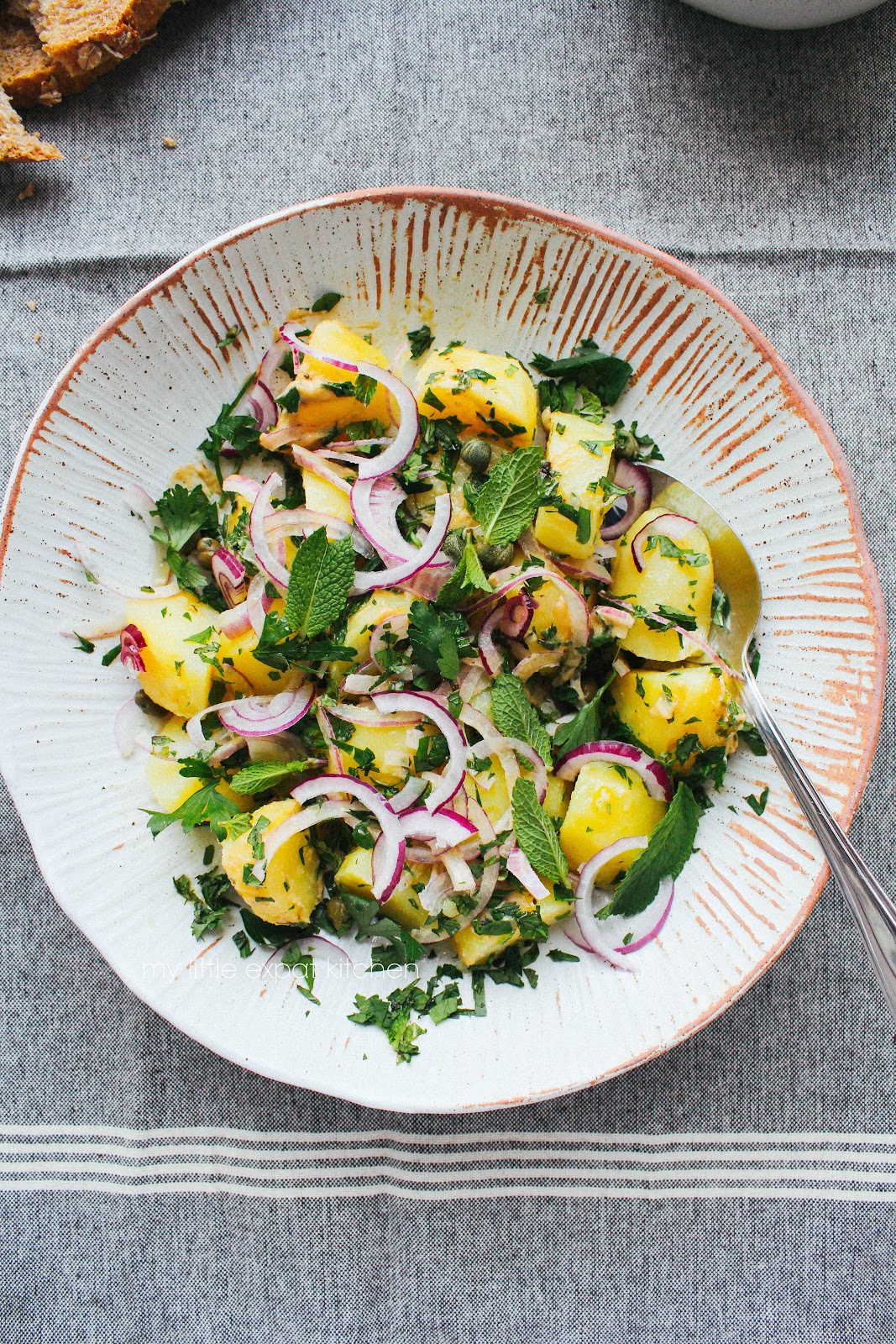Other than chocolate, my favorite flavor for cakes of any kind is citrus. Case(s) in point: bergamot drizzle cake, lemon cake with Greek wild thyme honey glaze, blood orange semolina syrup cake, lemon, polenta and yoghurt cake, and lemon and honey madeleines. For this cake, the citrus I chose is super special; it’s yuzu.
I love the flavor of yuzu, a Japanese citrus fruit that’s as unique as bergamot. And even though I have grown up with the flavor and aroma of bergamots as they are abundant in Greece, yuzu is a flavor I first tasted about a decade ago.
Yuzu is a small citrus fruit that originated in China but has been grown in Japan for over a thousand years. It can be yellow or green and has a bumpy, uneven, thick surface. Only its juice and zest are used in cooking and is rarely eaten as a fruit.
The flavor of yuzu is reminiscent of lemon, but sweeter. It is almost like a mix of lemon, mandarin, lime and grapefruit, with floral and herbal hints reminiscent of pine and thyme, and it’s highly aromatic. It has such a unique flavor that the only way to really understand it is to taste it.
The actual fruit is rarely found outside of Japan and even inside Japan, fresh yuzu is considered special, but luckily, yuzu juice is sold in small bottles in Asian/Japanese food stores. The juice inside the fruit is minimal and it takes a lot of yuzu fruits to get one small bottle, so that makes it quite expensive. If however you’re really into tasting something different and you don’t mind splurging on a food item, then I’d say go for it, even just once. Just be careful to buy 100% yuzu juice, because some brands blend the yuzu juice with other citrus fruits and/or vinegar.
Yuzu has the ability to maintain its sourness and tartness when cooked in high temperatures which makes it ideal for use in cakes.
Along with its beautiful aroma, acidity and slight sweetness, yuzu made this cake taste amazing and incredibly fragrant. With a soft, dense (but not stodgy) and slightly moist texture, it won over even my most demanding of cake tasters, my partner.
Yuzu cake with yuzu glaze
Adapted from Gâteau by Aleksandra Crapanzano
There’s yuzu juice inside the cake and in the glaze. I chose to intensify the flavor of the citrus even more by sprinkling freeze-dried yuzu on top of the glaze. By no means is that a necessary addition but it does make it extra special. Feel free to omit it if you can’t source freeze-dried yuzu.
The recipe yields two loaf cakes. Or you could bake one loaf cake and make cupcakes with the rest of the batter. Don’t be tempted to pour all the batter into one baking pan as the baking times will change greatly.
Yield: 2 loaf cakes
Special equipment: fine sieve, stand mixer or hand held electric mixer, two loaf pans about 23x13 cm, baking paper
Ingredients
for the cake
110 g unsalted butter
270 g all-purpose flour
1½ tsp baking powder
½ tsp fine sea salt
300 g white granulated sugar
Zest of 2 lemons, grated
Zest of 2 limes, grated
5 large eggs, at room temperature (1 large egg is about 57 grams)
120 g crème fraîche
60 g Greek yoghurt, 10% fat
120 ml yuzu juice (from a bottle or fresh if you can find it)
for the glaze
1 cup icing sugar
2½ Tbsp yuzu juice (from a bottle or fresh if you can find it)
Freeze-dried yuzu (optional), for sprinkling on top
Preparation
for the cake
Preheat your oven to 175°C.
Butter the sides and bottom of your two loaf pans and line with baking paper.
In a small saucepan, melt the butter and set aside somewhere that is warm so it doesn’t solidify.
In a small bowl, sieve the flour, baking powder and sea salt.
In the bowl of your stand mixer (or in a large bowl if you’re using an electric hand held mixer), add the sugar, the grated lemon and lime zest and with your fingertips, rub them together. This will disperse the citrus oils through the sugar which will flavor uniformly the cake batter. Add the eggs, and using the paddle attachment (if you’re using a stand mixer), beat on medium-high speed until you have a fluffy and light mixture.
Add the crème fraîche and Greek yoghurt and beat to combine.
On low speed now, add the sieved flour, baking powder and salt, and mix for 5 seconds. Then add the yuzu juice and mix to combine. Finally, add the melted butter and mix until you have a smooth mixture. Don’t overbeat.
Divide the batter between the two prepared loaf pans.
Bake for about 50 minutes or until a toothpick inserted in the center of the cakes comes out clean.
Remove from the oven and place on a wire rack to cool slightly. Then remove the cakes from the pans and leave to cool completely before glazing.
for the glaze
In a small bowl add the icing sugar and yuzu juice and using a small whisk, mix well until you have a smooth, glossy and lump-free glaze.
Once the cakes are completely cool, pour over the glaze. Sprinkle with freeze-dried yuzu, if using.
You can keep it at room temperature, for 2-3 days.




























